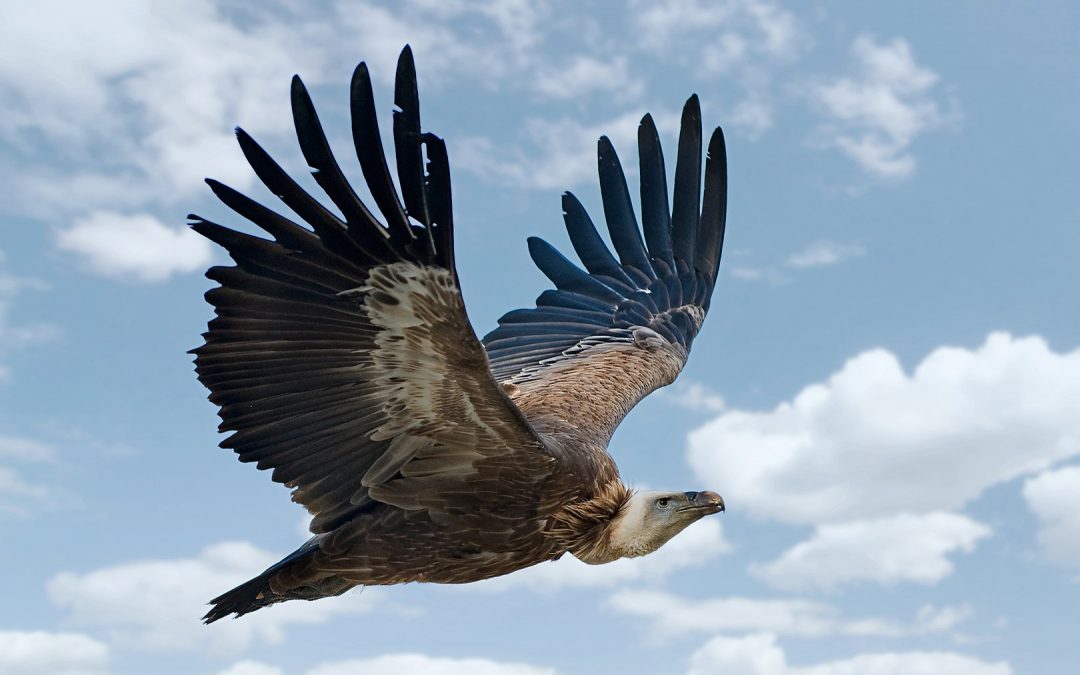A griffon vulture has been spotted feeding in southern Poland in the first confirmed sighting of the species in the country for more than a decade.
Naturalists described the visit by Europe’s second-largest bird – which probably once nested in Poland, but is now officially extinct in the country – as an “ornithological sensation”.
Jerzy Sikora, a forester in an area neighbouring Babia Góra national park, saw the bird of prey feasting on a dead sheep while he was observing damage done by wolves in the area.
“The observation should be viewed as an ornithological sensation, because vultures are seen extremely rarely in Poland,” wrote naturalists from the Kraków branch of State Forests in a social media post.
The bird was also photographed in flight by staff at Babia Góra national park, which posted pictures of the “exotic” visitor. Park employee Maciej Mażul noted that a griffon vulture had also been seen flying past last year, but they had not managed to obtain photographic evidence.
“When they mature, these birds find their place,” he said, quoted by Polsat News. “They cover large distances, and stay where they find good living conditions. In this case we do not know where it was flying from.”
Griffon vultures are around one metre long with a wingspan up to 2.8 metres – around 30 centimetres more than the white-tailed eagle, Poland’s largest bird of prey. They are more commonly seen in mountainous regions further south, including northwestern Africa, the Spanish highlands, southern Russia, and the Balkans.
A griffon vulture was last observed in Poland 11 years ago, also in the Babia Góra area. One was also seen in 2006 in the mountain town of Zakopane, although it was probably forced to make a stopover in Poland by bad weather conditions.
It is thought that these vultures nested in Poland in the 19th century, reports local news service Nasze Miasto. At the time, there were many more sheep in the highlands in the south of the country. The most recent reports of nesting, from 1914, are unconfirmed.
The species has officially been declared extinct in Poland. One theory behind their disappearance is that, as the number of predators dwindled, they did not have enough carcasses to feed on. Laws requiring landowners to dispose of animal remains also make life difficult for vultures.
“In the last century, young birds roaming long distances using updraughts have sporadically been observed in Poland,” wrote State Forests. “Was that the case on this occasion too? Or could this be the first step to the appearance of vultures in Poland for good? Time will tell!”
Main image credit: Stefan Krause/Wikimedia under CC BY-SA 3.0

Ben Koschalka is a translator and senior editor at Notes from Poland. Originally from Britain, he has lived in Kraków since 2005.




















